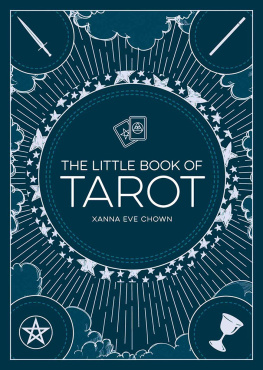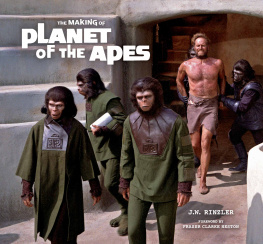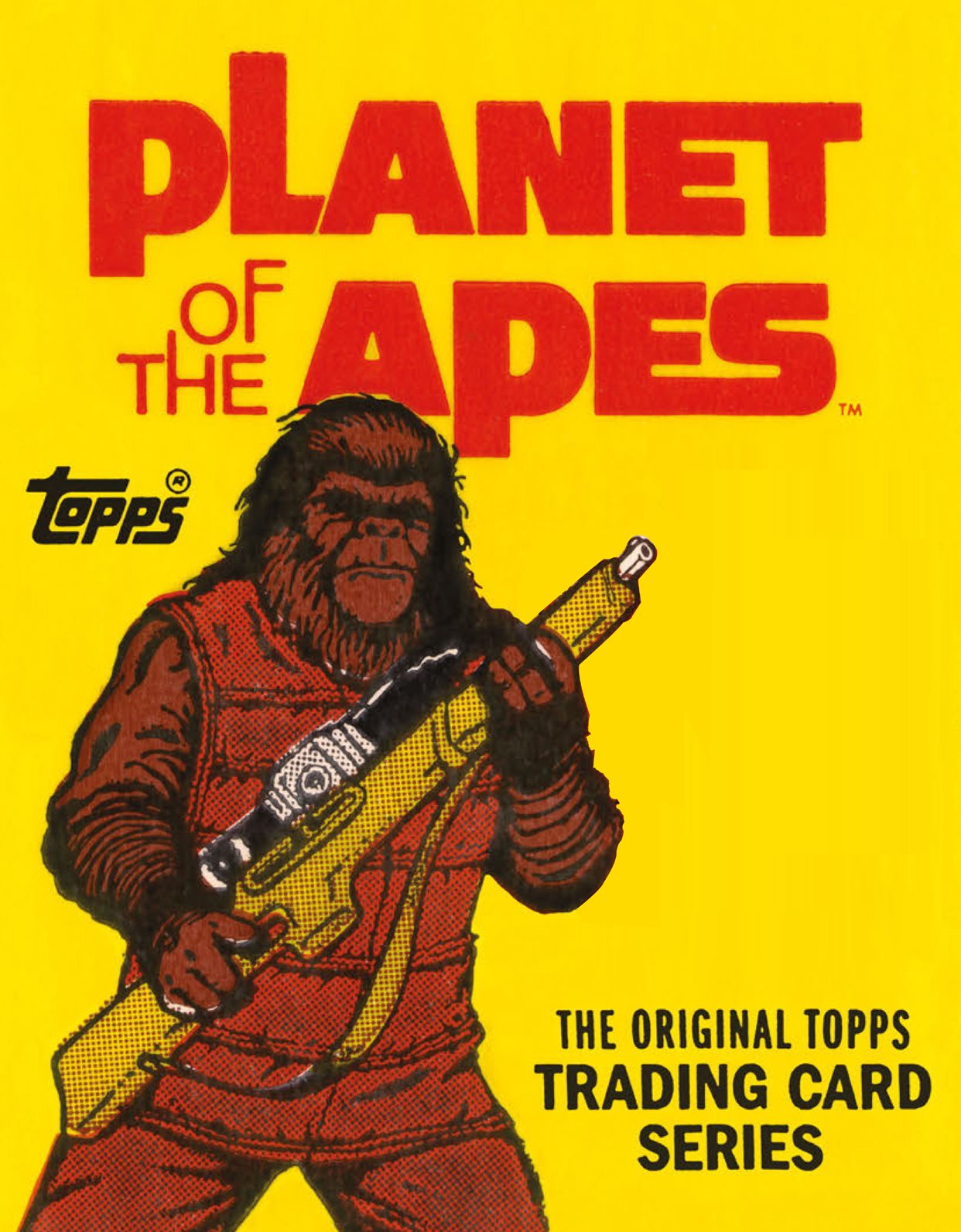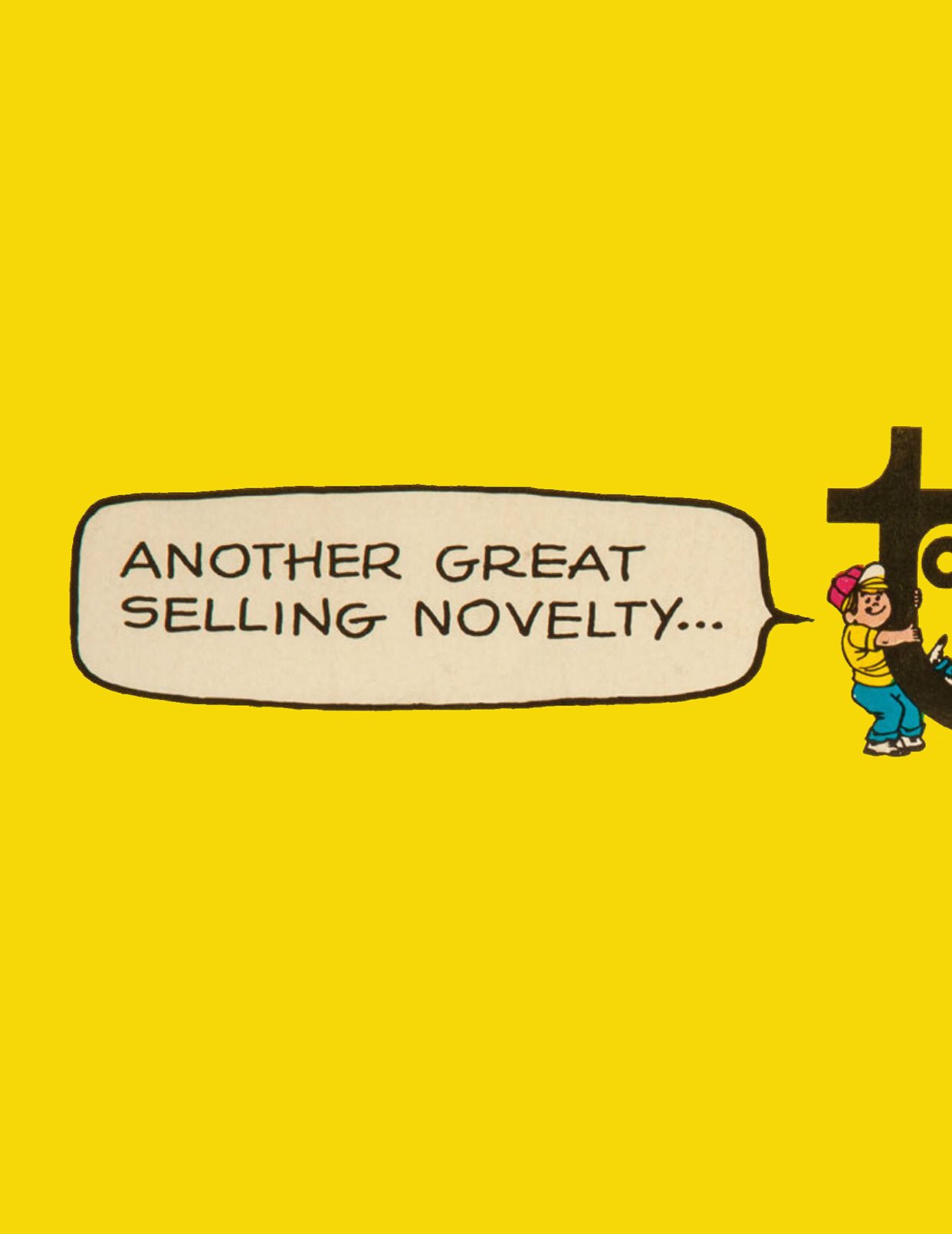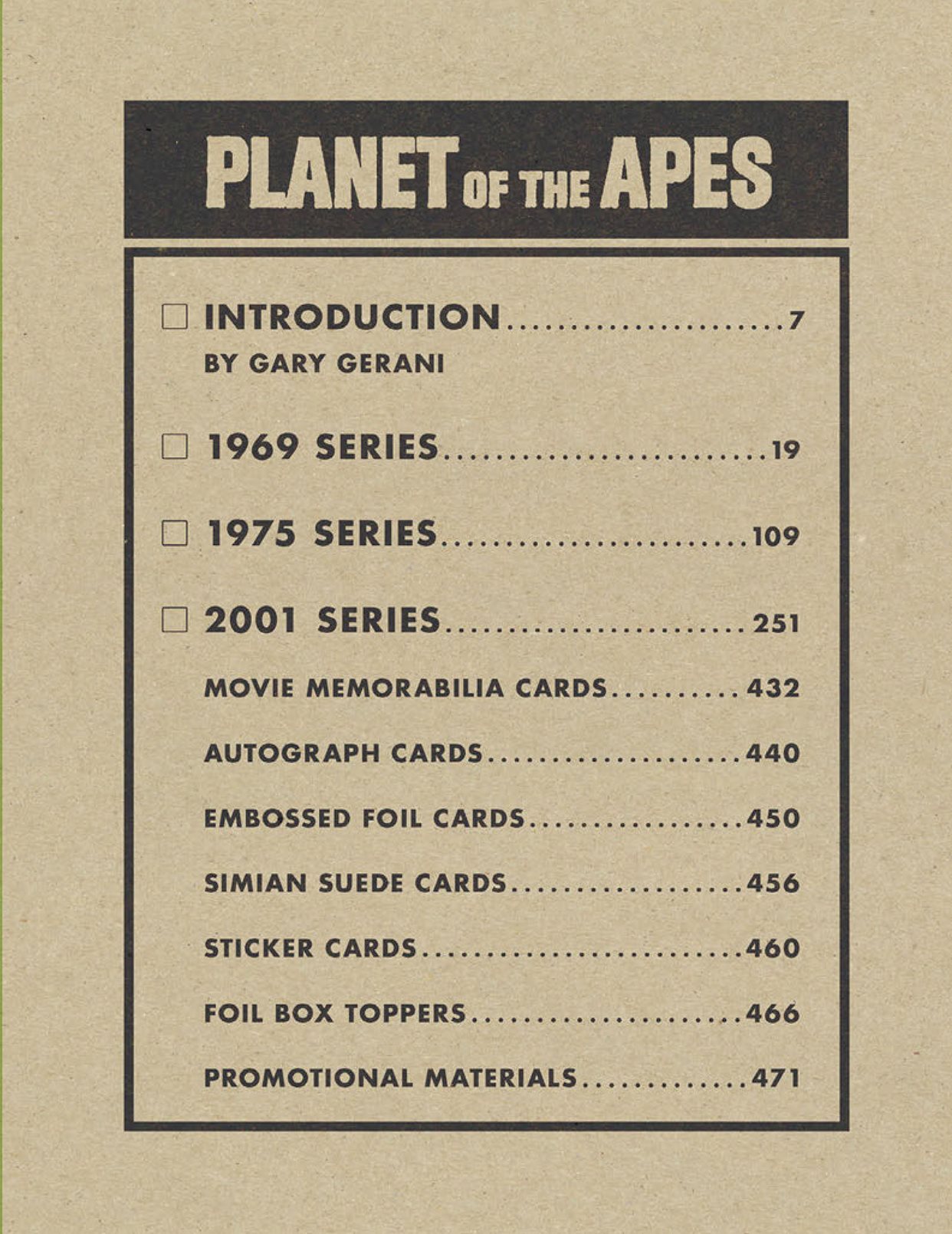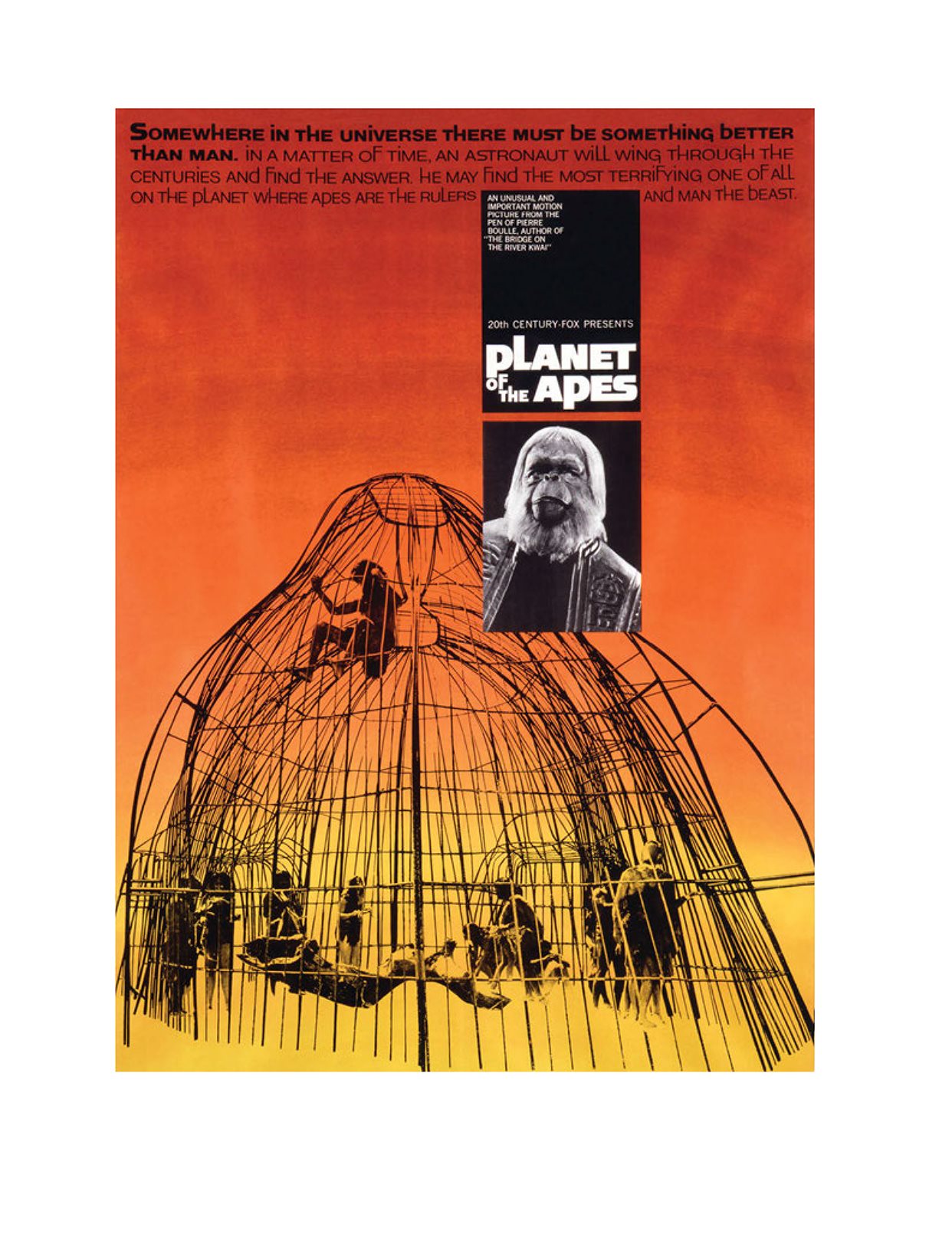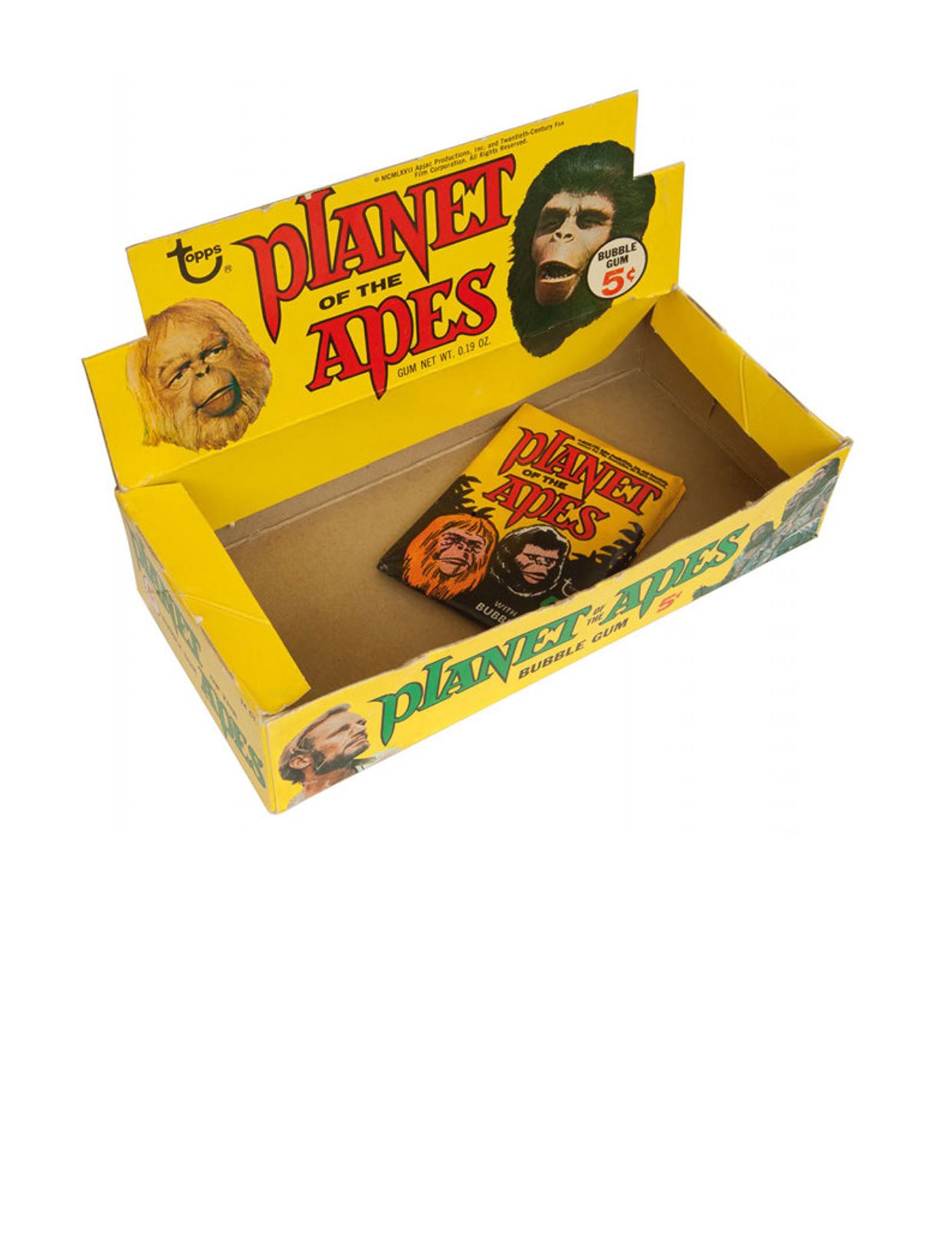
Editor: Orlando Dos Reis
Project Manager: Charles Kochman
Designer: Liam Flanagan
Managing Editor: Amy Vreeland
Production Manager: Alison Gervais
Cataloging-in-Publication Data has been
applied for and may be obtained from the
Library of Congress.
ISBN 978-1-4197-2613-2
eISBN 978-1-68335-090-3
The advertisements reprinted in this publi-
cation are included for historical and editorial
purposes only. All offers are no longer valid.
The views expressed in the editorial
commentary are solely those of the individuals
providing them and do not represent the
opinions of Twentieth Century Fox, The Topps
Company, or the publisher.
& 2017 Twentieth Century Fox
Film Corporation. All rights reserved.
Topps logo and 2017 The Topps
Company, Inc. All rights reserved.
Cover design by Liam Flanagan
Case photography by Geoff Spear
Published in 2017 by Abrams ComicArts,
an imprint of ABRAMS. All rights reserved.
No portion of this book may be reproduced,
stored in a retrieval system, or transmitted
in any form or by any means, mechanical,
electronic, photocopying, recording, or
otherwise, without written permission from
the publisher.
Abrams ComicArts is a registered trademark
of Harry N. Abrams, Inc., registered in the U.S.
Patent and Trademark Office.
Abrams ComicArts books are available at
special discounts when purchased in quantity
for premiums and promotions as well as fund-
raising or educational use. Special editions can
also be created to specification. For details,
contact specialsales@abramsbooks.com or the
address below.
Special thanks to Ira Friedman and John Williams at Topps, Josh Izzo and Nicole Spiegel at Fox, and
Dana Gould and Tim Perati. At Abrams, thanks to Orlando Dos Reis, Charles Kochman, and Jessie
Paddock (editorial); Liam Flanagan (design); Amy Vreeland (managing editorial); and Alison Gervais
(production). And thanks to Jonathan Beckerman (photography).
Photography by Jonathan Beckerman: 8, 11, 18, 19, 45059, 46671, 480
Images courtesy of Dana Gould: 8, 11, 18, 19, 20107
Image courtesy of Charles Kochman: 109
Images courtesy of Tim Perati: 12, 13, 16, 17, 108, 25051, 43259, 461 (left), 462, 46479
Front endpaper: detail, 1969 display box side panel
TO PIERRE BOULLE AND ROD SERLING,
THE SCI-FI VISIONARIES
WHO EXPLORED SPACE AND TIME
ABRAMS
The Art of Books
115 West 18th Street, New York, NY 10011
abramsbooks.com

INTRODUCTION
TOPPS GOES APE
BY
GARY GERANI
Science fiction movies in the 1960s went
through a curious evolution. The decade
began with A-list efforts such as Journey
to the Center of the Earth (1959), The
Time Machine (1960), and Mysterious
Island (1961)adaptations of classic
Jules Verne and H. G. Wells tales. Novels
like these were required reading in grade
school at the time, and most people were
very familiar with them. That made sci-fi
respectable for the big screen after the
1950s had gone wild with low-budget
monster invasions of every conceivable
kind. These widescreen color films based
on Victorian annuals were fanciful enough
to attract mainstream actors like James
Mason, Rod Taylor, and many others.
But the cycle died circa 1964, just
about the time of Nathan Jurans First
Men in the Moon . Real astronauts were
heading to the real moon in the mid-
1960s, and many suspect this diminished
the publics interest in quaint period
fantasies, no matter how charming they
might have been. Meanwhile, gadget-
laden spy thrillers like the James Bond
movies appeared to give audiences their
futuristic fixfor a while, at least.
Twentieth Century Foxs Fantastic
Voyage (1966) signaled a shiny new
direction in science fiction cinema. It was a
big production with major stars based on a
decidedly modern premise: the molecular
miniaturization of scientists who are then
injected into a patients bloodstream in
order to conduct a delicate brain operation
from within. The movie, novelized by Isaac
Asimov, made a fortune for Fox, which
had enjoyed spotty success with futuristic
thrillers since The Fly in 1958. In 1967, an
even bigger sci-fi extravaganza was green-
lit by the eager studio, boasting one of its
biggest stars.
Charlton Heston was synonymous
with Hollywood blockbusters in the 1950s
and 60s, top-lining perennial features
such as The Ten Commandments (1956),
Touch of Evil (1958), Ben-Hur (1959),
and The Agony and the Ecstasy (1965),
to mention just a few. Heston took a
personal interest in an offbeat property
being developed by Foxan ambitious







